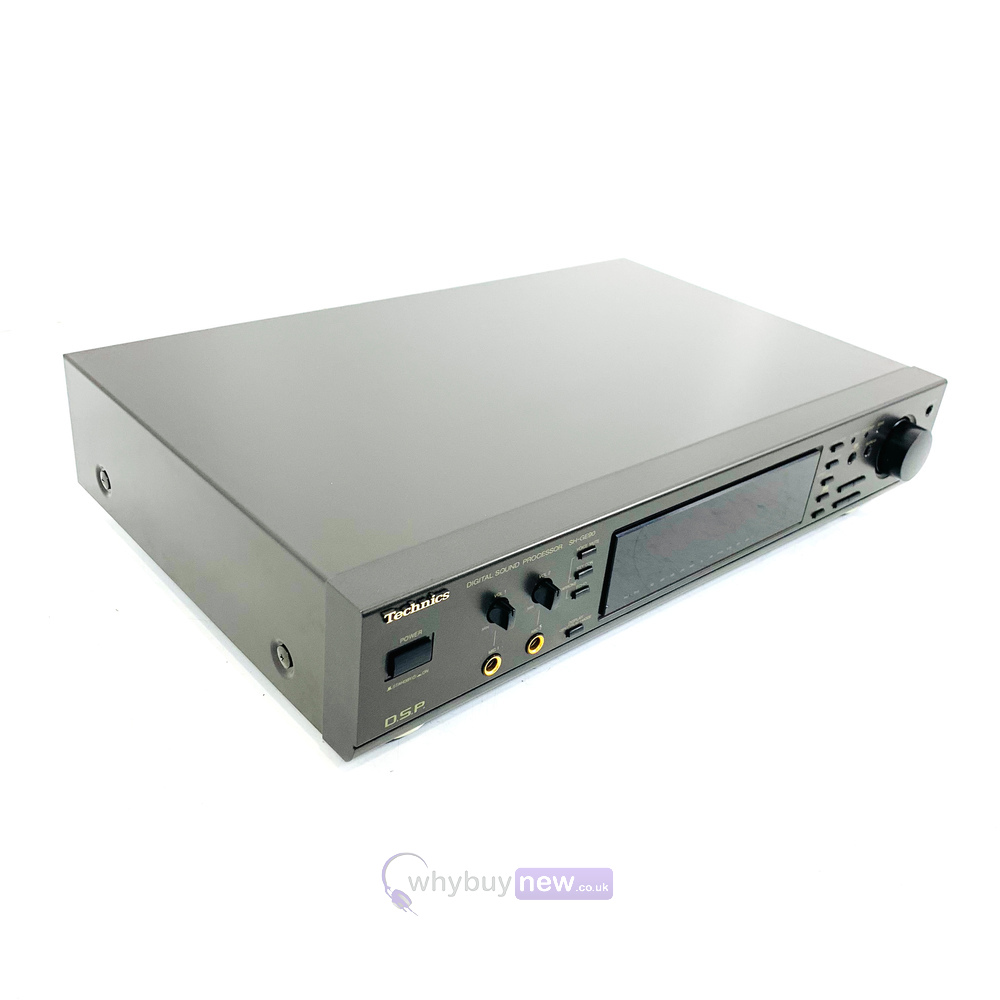

At the time it was better than the amp I had been running, the difference in clarity was like night and day so I was happy. The balanced sound sold it to me, along with the look of the power meters on the amp. It cost me £400 but aside from a couple of small scratches it came with the box, manuals, remote, cables. if you want something real decent i think these have had their day.īought one of these about 8 years ago from an audio dealer where it had been used for demonstrating Pioneer speakers. or pick up its little brother 700mk2 for around £35-£40 on ebay. Sure you will read this and think its only one bad comment, but i will say if you have a tight budget pick up a well cared for example from ebay for no more than £150. I guess it just didnt match what i was hopeing for. the only real difference is that it clearly has a bit more wattage power, It might have been a good amp 20 years ago but i think i shall be breaking the piggy bank to buy an upto date Nad c356bbe or Marantz pm7004, perhaps even a yamaha S500. At the time they were introduced, the SL-20 and SL-23, which sold for $100.00 and $140.00 respectively, set a new performance standard for inexpensive turntables.Well how should i say it, Dont belive every thing you read, My previous amplifier was a kenwood ka-5050 i had for years, untill it got damaged, So i bought a 700mk2 as a temp, then finally after reading tons of reviews i bought the su-a900mk2, to be honest it doesent really sound any better than its little brother, Infact i would go as far to say that the 700mk2 has a nicer sound better bass grunt, defineatley a nicer treble. They offered technical specifications and features rivaling much more expensive turntables, including well-engineered s-shaped tonearms with tracking weight and anti-skate adjustments. The principal difference between the two models was the additional feature of semi-automatic operation in the SL-23, along with an adjustable speed control with built-in strobe light. In 1976, Technics introduced two belt-driven turntables for the mass market, the SL-20 and SL-23. In 1972, Technics introduced the first autoreverse system in a cassette deck in its Technics RS-277US and in 1973 it introduced the first three-head recording technique in a cassette deck (Technics RS-279US).
#Technics sh ge90 review series#
The SL-1200 model, often considered the industry standard turntable, continued to evolve with the M3D series, followed by the MK5 series in 2003.ĭespite being originally created to market their high-end equipment, by the early 1980s Technics was offering an entire range of equipment from entry-level to high-end. The SL-1200 series remained the most widely used turntable in DJ culture through to the 2000s. A robust machine, the SL-1200 MK2 incorporated a pitch control mechanism (or vari-speed), and maintained a relatively constant speed with low variability, which proved popular with DJs.

As they experimented with the SL-1200 decks, they developed scratching techniques when they found that the motor would continue to spin at the correct RPM even if the DJ wiggled the record back and forth on the platter.Īs the upgraded SL-1200 MK2, it became a widely used turntable by DJs. It was adopted by New York City hip hop DJs such as Grand Wizard Theodore and Afrika Bambaataa in the 1970s. It was developed in 1971 by a team led by Shuichi Obata at Matsushita, which then released it onto the market in 1972. It was followed by the SL-1200, the most influential turntable. The SL-1100 was used by the influential DJ Kool Herc for the first sound system he set up after emigrating from Jamaica to New York City. Due to its strong motor, durability, and fidelity, it was adopted by early hip hop artists. In 1971, Matsushita released the Technics SL-1100 for the consumer market.
#Technics sh ge90 review professional#
In 1969, Matsushita launched Obata's invention as the SP-10, the first direct-drive turntable on the professional market. It is a significant advancement over older belt-drive turntables, which are unsuitable for turntablism, since they have a slow start-up time, and are prone to wear-and-tear and breakage, as the belt would break from backspinning or scratching. It eliminated belts, and instead employed a motor to directly drive a platter on which a vinyl record rests. The first direct-drive turntable was invented by Shuichi Obata, an engineer at Matsushita (now Panasonic), based in Osaka, Japan. The name came to wider prominence with the international sales of direct-drive turntables. Technics was introduced as a brand name for premium loudspeakers marketed domestically by Matsushita in 1965.


 0 kommentar(er)
0 kommentar(er)
